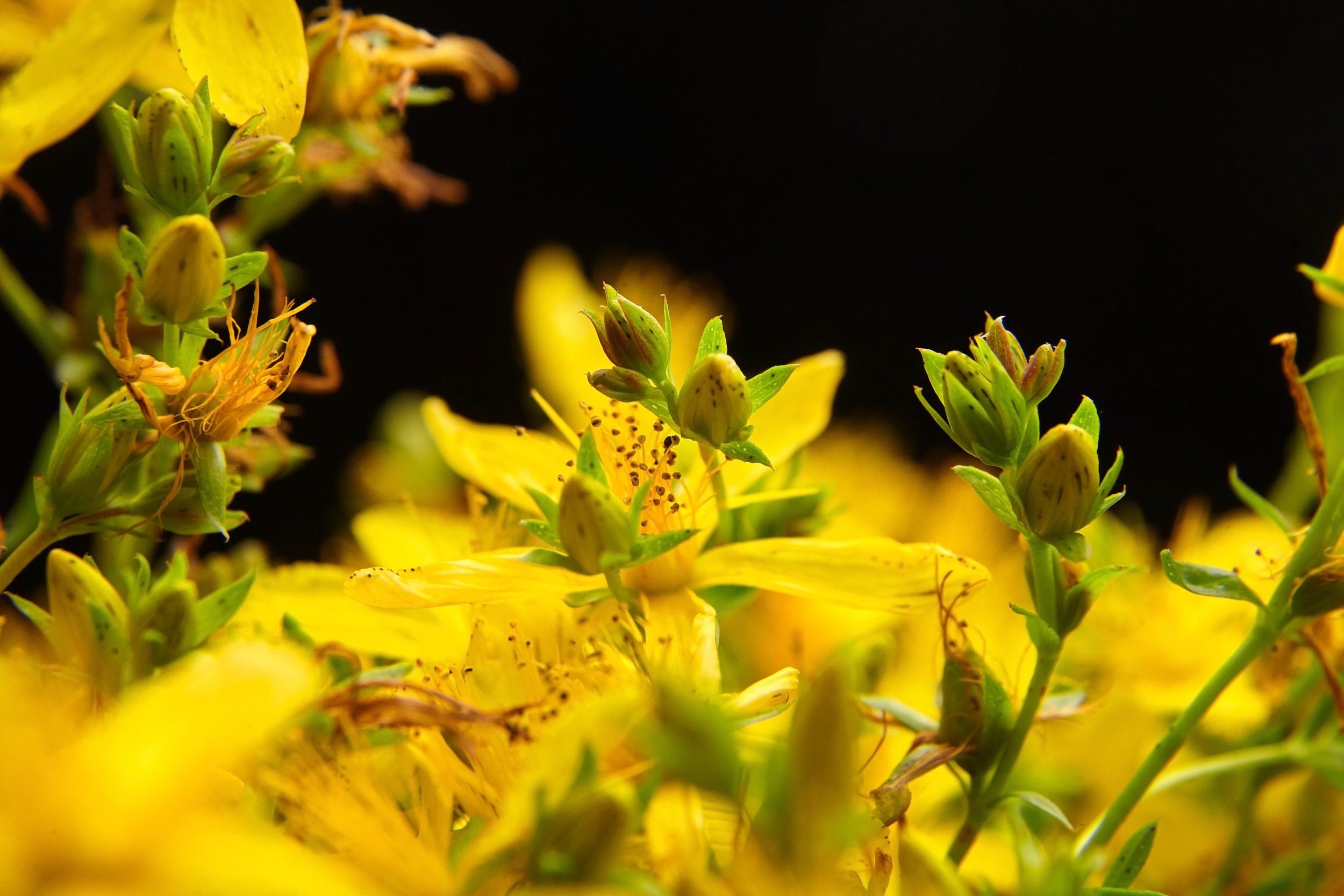
Garden Sage
Salvia officinalis, in the Labiate family, is one of the well-known and highly regarded culinary and medicinal herbs. Centuries ago, Salvia officinalis was being used for emotional, mental, and physical complaints. It also has been long associated with warding off evil.

St. John’s Wort
Hypericum perforatum, in the Hypericacea family, has a history of recorded use at least dating to the time of Dioscorides. In antiquity its Latin name comes from the Greek, meaning “over an apparition,” to convey that the herb was potent enough to drive away evil spirits.

Saffron
Crocus sativus, a member of the Iridacea family, is regarded for its yellow pigment, spice, and medicinal usage. Known as the most expensive spice on the planet, it was well known among the people of antiquity. Its first documented use dates to the Bronze Age in 7th century BC in Assyria.

Irish Sea Moss
Chondrus crispus is a red seaweed (though it can vary in color from pale green to a purplish brown) that has been harvested for an estimated 14,000 years. Its medicinal properties were known and documented in China in 7th century BC. Historically, it was known for its mucilaginous properties and nutritional value.

On Your Mark, Get Set...Fast!
The self-discipline required to abstain from food, drink, vice, and indulgence requires a level of physical, mental, and spiritual discipline that will only carry us as far as the nourishment we provide ourselves. Understood in this way, the fast takes planning and preparation, much like getting ready for a big race. Fasting in Ramadan is a spiritual marathon.

Natural Herbs for Stress & Energy: Herbal Remedies for Anxiety and Mood
Adaptogens are powerful herbal healing remedies that support the nervous system, calm cortisol spikes, and promote natural health. When used within a holistic medicine framework like the Rihla Wellness method, they become part of a deeply effective healing therapy.

